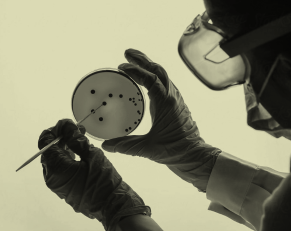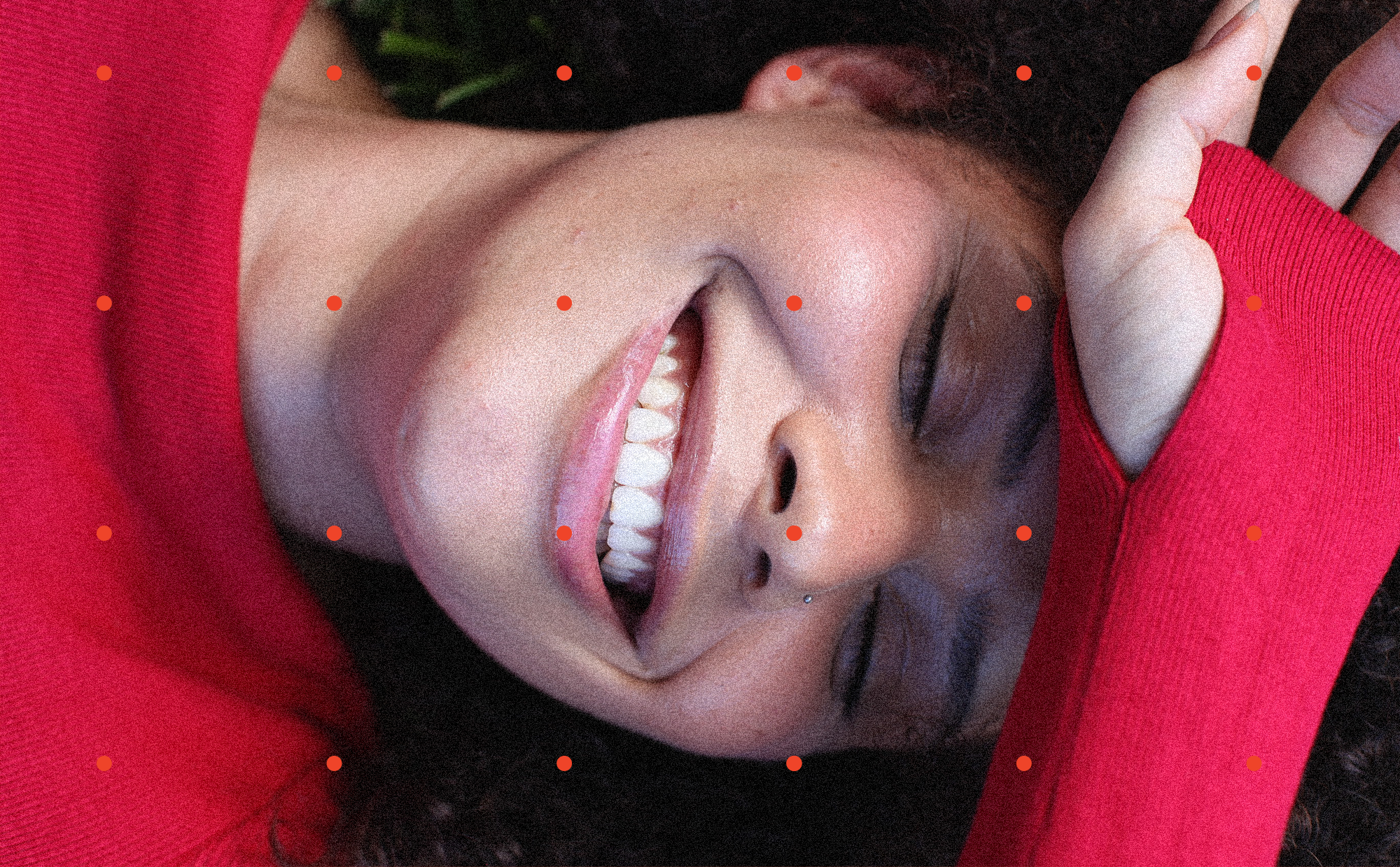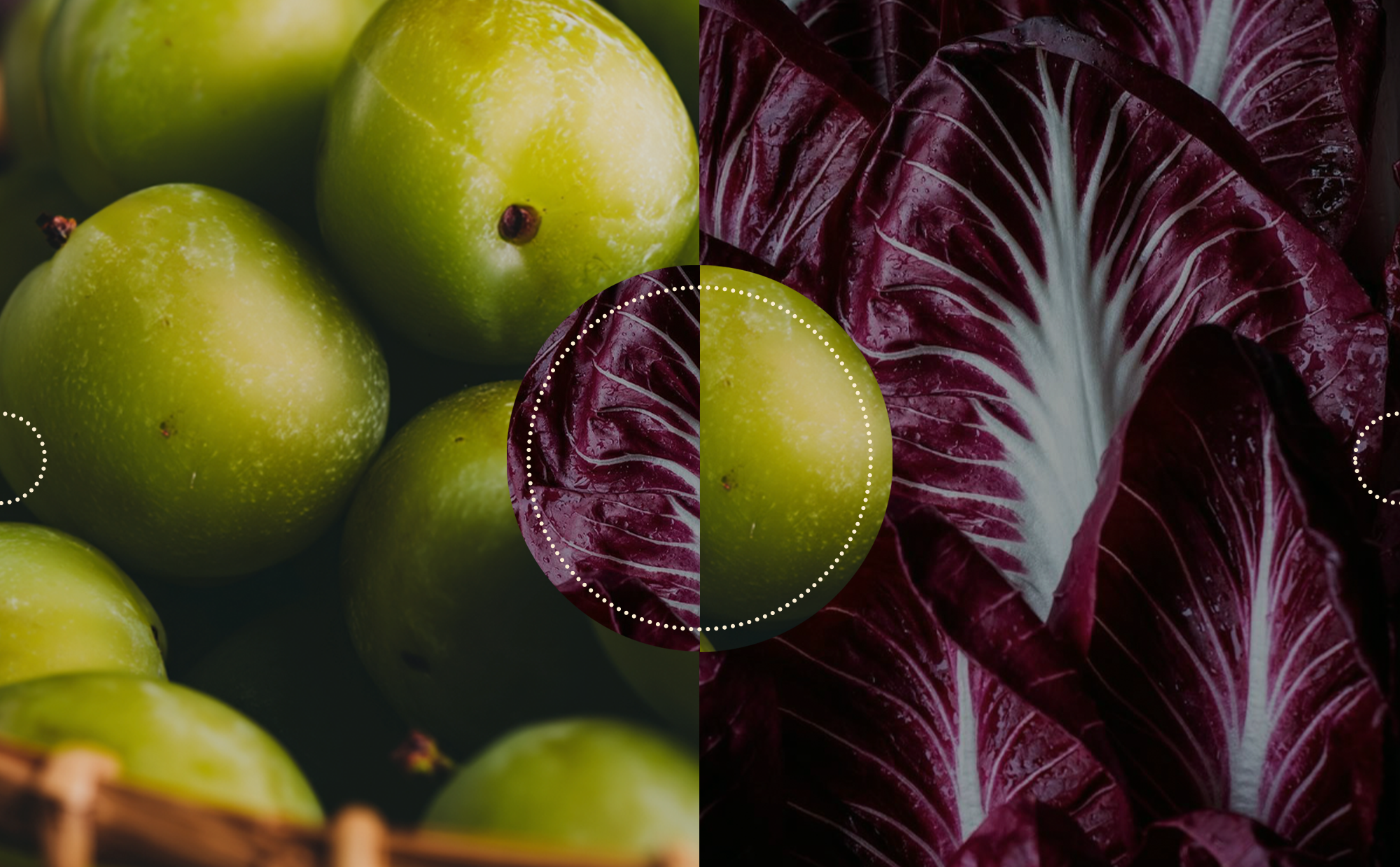Balancing Work and Recovery to Gain the Most from your Efforts: Your Guide to Effective Recovery Sessions
In a world where we are all constantly busy, cramming work, exercise, good food, family and social lives into our days, it can be easy to feel like resting and recovering is an optional extra when there are multiple other things that need to get done. However, to get the most out of your efforts, fast track recovery and maximize performance, balancing work with recovery requires a shift in perspective where recovery becomes a priority.
Recovery is emerging as a critical component in athletic performance, rehabilitation, and general wellbeing. Continuous under-recovery can contribute to a range of adverse health and training outcomes including mood changes, fatigue, pain, overtraining syndrome, and relative energy deficiency in sport (RED-S), a complex state where the energy demands of the body are not being met and the body does not have enough energy available to support usual body functions¹.
Recovery is where the mind and body begin to facilitate cellular and tissue repair, remove waste, promote anabolic hormone synthesis and restore optimal body functioning. When you engage in effective recovery sessions, you allow your body to:
- Enhance protein synthesis to grow and repair active tissue mass
- Feel rested and restored for optimal cognitive and physical performance
- Refuel and replenish energy stores
- Reduce physical and psychological pain and fatigue
- Fast-track recovery time to perform at peak levels
Recovery strategies aim to rejuvenate and restore physiological functions and psychological well-being, allowing individuals to resume training with minimal soreness, tiredness, and fatigue. Fatigue, both physical and psychological can be compensated with specific recovery strategies unique to the individual². It's important to note that recovery strategies vary between individuals, as does recovery time, training goals, training schedule, and overall wellbeing.
Types of Recovery Strategies
Different recovery strategies can be classified into three main categories:
- Passive recovery
- Active recovery
- Proactive recovery
Passive Recovery
Passive recovery focuses on allowing the body to rest and restore physiological and psychological processes following training and workouts². As the body is at rest, passive recovery strategies employ the application of external tools and strategies to aid recovery. These tools and strategies include:
- Hydration
- Nutrition and supplements
- Massage
- Pneumatic pumps
- Topical applications of anti-inflammatory creams (both herbal-based and pharmacological)
Adequate nutrition, sleep, self-regulation, and relaxation techniques may also included as passive recovery strategies (although it is also proactive recovery) as they involve inactivity and support the restoration of both physiological and psychological fatigue.
Research shows that the most effective passive recovery strategies for improved recovery include good nutrition, compression garments, cold water immersion, partial body cryotherapy, hyperbaric oxygen, and vibratory therapies³. While popular strategies such as compression devices, whole body cryotherapy, percussive gun-assisted therapy, neuromuscular electrical stimulation, and pulsed electromagnetic therapy are often used, there is limited evidence of benefit in athletes³.
Active Recovery
Active recovery refers to low-intensity physical activity performed after strenuous exercise or between training sessions². Unlike complete rest, active recovery occurs at a reduced intensity level to maintain movement, accelerate nutrient delivery to cells, preserve motor function and flexibility, and enhance blood circulation². Active recovery is designed to facilitate recovery without imposing additional stress on the body.
Examples of active recovery strategies include:
- Slow, gentle running or walking
- Yoga and dynamic stretching
- Swimming and hydrotherapy exercise
- Casual cycling or gentle stationary biking
- Low-intensity sports and recreational activities
Proactive Recovery
The third recovery strategy, proactive recovery, is focused on individual psychology, injury prevention, social connection, and social activity.
Most often, proactive recovery methods are physical via injury prevention and the use of biomechanical assessments, training adjustment and tapering⁴, strapping, and physiotherapy.
It's important to recognise that performance is linked to physical, physiological, psychological, and social influences—they are not separate entities, and a range of recovery strategies need to be employed. Psychological and social activities based on the individual's needs, training schedule, and preferences are essential components to facilitate recovery and maintenance of optimal functioning states.
Psychological Aspects of Recovery
In exercise performance, stress can be both adaptive and maladaptive⁵. Focusing on recovery strategies that support psychophysiological processes (how athletes perceive and respond to competitive stress⁶), motivation, and social connection all play a role in assisting in reaching peak performance.
Social bonding, physical touch, trust, intimacy, and empathy are related to the hormone oxytocin, which is also induced by vigorous aerobic exercise. Oxytocin increases both sympathetic and parasympathetic heart activity and can promote tissue regeneration, pain relief, reduce inflammation, and enhanced memory and cognition⁶.
Incorporating recovery strategies that support stress management, social connection, and motivational components is vital for comprehensive recovery and optimal performance. By balancing all three recovery approaches—passive, active, and proactive—individuals can create a personalised recovery plan that addresses their unique needs and supports their specific goals.
Effective recovery is not simply an optional add-on to training but a fundamental component of performance enhancement and long-term wellbeing. By intentionally incorporating a balance of passive, active, and proactive recovery strategies into your routine, you create the optimal conditions for both physical adaptation and psychological resilience, ultimately leading to sustainable progress and getting the most from your efforts.

Written By
Felicity Kerslake
Bush Naturopath and Nutritionist | Founder, Australian BushFood Education Centre
Felicity Kerslake is a proud Wiradjuri woman with over two decades of experience as a bush food naturopath, sports nutritionist and educator. She is the founder and director of the Australian BushFood Education Centre, where she champions culturally grounded, science-informed approaches to nutrition and health using Australian native plants. Her integrative practice bridges natural health with conventional medicine, and she brings extensive experience across private practice, allied health, and sports performance.










